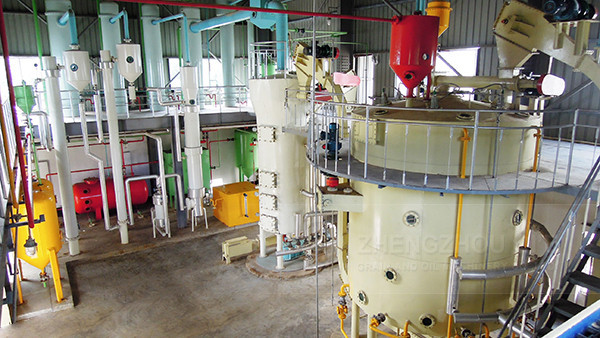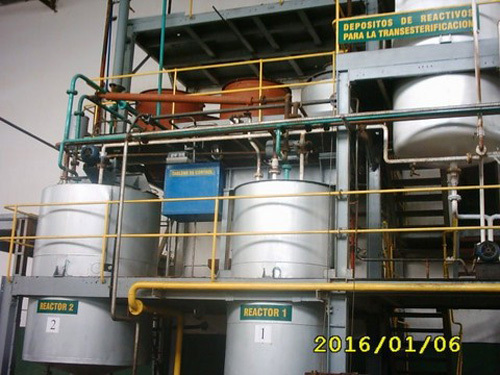Real-World Data Revealed: Impact of Different Refining Combinations on Oxidative Stability of Vegetable Oils
This article provides a technical deep dive into the four core stages of industrial vegetable oil refining—degumming, deacidification, decolorization, and deodorization—with a focus on impurity removal mechanisms and operational best practices. By analyzing real-world performance data from continuous refining systems, it demonstrates how precise temperature control, vacuum management, and adsorbent selection influence key quality indicators such as color, smoke point, and oxidative stability. Practical insights into equipment maintenance—including filter cloth replacement cycles and sealing integrity checks—are also included to support efficient and reliable production. The findings help manufacturers meet international food safety standards and enhance global competitiveness in the vegetable oil market.

Understanding How Refining Combinations Impact Oxidative Stability in Industrial Vegetable Oils
When it comes to producing high-quality vegetable oils for international markets, the refining process is not just a step—it’s a strategic decision point that directly affects shelf life, safety compliance, and export competitiveness. This article explores how different combinations of key refining stages—degumming, deacidification, decolorization, and deodorization—affect critical quality parameters such as color, smoke point, and oxidative stability.
The Science Behind Each Step
Industrial oil refining involves four core operations, each targeting specific impurities:
- Degumming: Removes phospholipids and gums using water or acid treatment. Effective removal improves clarity and reduces foaming during deodorization.
- Deacidification: Eliminates free fatty acids (FFAs) through caustic or physical refining. FFAs are major contributors to oxidation and off-flavors.
- Decolorization: Uses activated carbon or clay adsorbents to remove pigments like chlorophyll and carotenoids. Affects both visual appeal and oxidative sensitivity.
- Deodorization: Removes volatile compounds under vacuum at 180–220°C. Critical for improving smoke point and reducing rancidity risk.
Real-World Data: The Impact of Process Variations
| Refining Combination |
Color (Lovibond) |
Smoke Point (°C) |
Peroxide Value (meq O₂/kg) |
| Standard (All 4 steps) |
R0.5 Y1.0 |
215 |
2.5 |
| No Decolorization |
R2.0 Y3.5 |
198 |
5.8 |
| No Deodorization |
R0.8 Y1.5 |
175 |
8.3 |
These real-world measurements from a continuous-refining line operating at 10 tons/hour show that skipping any single stage can significantly degrade product quality. For example, omitting deodorization leads to a 15% drop in smoke point and over 200% increase in peroxide value—clear indicators of poor oxidative stability.
Operational Tips That Matter
Even with perfect chemistry, operational consistency determines success. Operators should:
- Replace filter cloths every 40–50 hours to avoid channeling and contamination.
- Check vacuum pump seals weekly—any leak can compromise deodorization efficiency.
- Monitor temperature gradients across the deodorizer column; uneven heating accelerates lipid degradation.
Such attention to detail ensures your plant meets global standards like ISO 22000 and FSSC 22000—not just for compliance, but for trust-building with buyers who demand consistent performance.
In today’s competitive B2B market, technical transparency builds credibility faster than any sales pitch. By understanding these nuances—from lab data to daily maintenance—you’re not just producing oil; you’re building a reputation for reliability that opens doors globally.






